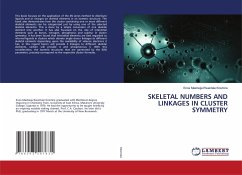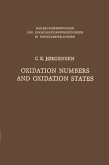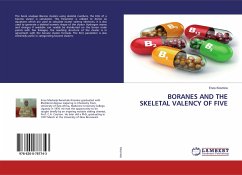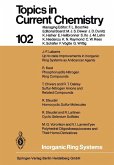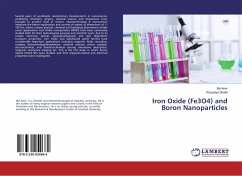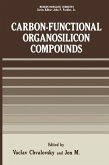This book focuses on the application of the 4N series method to distribute ligands and or charges on skeletal elements in an isomeric structure. The book also demonstrates how the cluster containing one or more different skeletal elements can be categorized just by using one of the selected skeletal elements. This is done by a simple conversion of one skeletal element into another. It has also focussed on the role of interstitial elements such as boron, nitrogen, phosphorus and sulphur in cluster symmetry. It has been found that interstitial elements are best regarded as internal ligands in clusters which donate single donor linkages to different skeletal elements depending upon the availability of valence electrons it has, in this regard boron will provide 3 linkages to different skeletal elements, carbon will provide 4 and phosphorous 5. With this consideration, the isomeric structures that are generated by the K(N) parameter, precisely correspond to the respective cluster formulas.
Bitte wählen Sie Ihr Anliegen aus.
Rechnungen
Retourenschein anfordern
Bestellstatus
Storno

